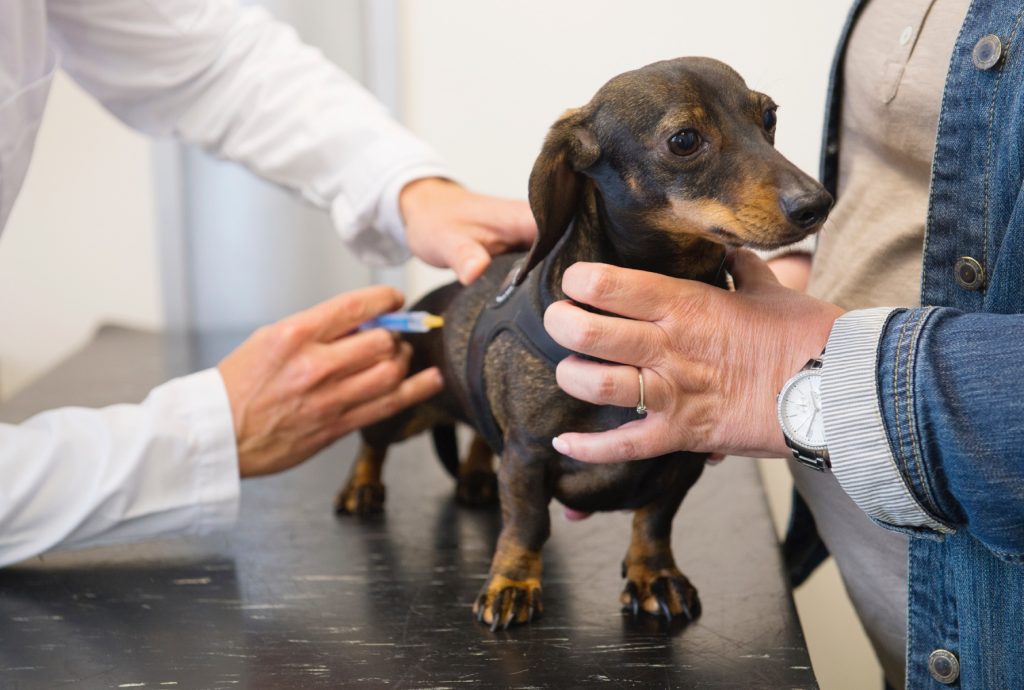
Most pet parents agree that spaying and neutering their pets is the socially responsible thing to do, in large part, to help stem the serious problem of pet overpopulation. But, with findings in three recent research studies attributing current spaying and neutering practices to serious health problems in pets, including cancer, it may be time to re-evaluate the process.
One study, published in 2013, out of the University of California, Davis, found a greater occurrence of hip dysplasia, cranial cruciate ligament tears and two types of cancer in spayed and neutered Golden Retrievers compared with those left intact. These health risks were greater for dogs that were younger than one year when spayed or neutered.
Another study, also published in 2013, looked at the impact of gender and sterilization on the longevity of Rottweilers, among other factors. It also found that many chronic diseases including various cancers were more prevalent in spayed and neutered Rottweilers.
The most recent study by a team of researchers supported by the Vizsla Club of America Welfare Foundation, published in 2014, looked at the risk and age of onset of cancer and behavioural disorders in altered Vizslas. The study revealed that Vizslas spayed or neutered at any age had a significantly higher risk of developing several types of cancers including mast cell cancer and lymphoma than intact dogs. And the younger they were spayed or neutered, the younger they were diagnosed with cancer.
While these studies show that spaying and neutering can have serious health consequences to certain dog breeds, the findings, as in any research study, should not be taken at face value — more research is necessary to assess the full implications of the results.
So what are pet parents to do? If you have the choice of whether or not to alter your pet, choose a veterinarian whose philosophy about spaying and neutering you are most comfortable with to help you decide what’s best for your family and your pet.
In some cases you don’t have a choice if and when to spay or neuter your pet. Rescue organizations and shelters have policies in place that call for dogs to be spayed or neutered before they can be adopted. Some purebred breeders have similar policies in place if you are purchasing a puppy as a family pet and not for breeding stock.
Most vets still recommend spaying or neutering your dog between six and nine months of age, prior to puberty. Other vets will spay or neuter on a case-by-case basis, taking into consideration things such as the breed, age and medical history.
There are some vets who opt to spay or neuter their patients without removing the testes or ovaries. This prevents pregnancy while allowing the dog to continue to produce hormones that are deemed essential for his health and well-being.
You may also choose to leave your dog intact, but remember that this decision takes a commitment on your part to ensure you can prevent unwanted litters and avoid contributing to the pet overpopulation problem.
Sources:
This page has been reviewed by our Panel of Experts for accuracy. Our Panel of Experts is comprised of practitioners with varying specialities and perspectives. As such, the views expressed here may not be shared by all members of our Panel.
The content on this website is for informational purposes only and is not intended to be a substitute for professional veterinary medical advice, diagnosis or treatment.